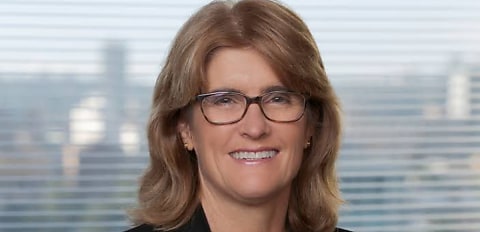Speaking to the House of Representatives standing committee on economics on Friday (21 February), Reserve Bank of Australia (RBA) governor Michele Bullock shed light on what pushed the board to finally cut interest rates during its February meeting.
During the questioning, independent MP Allegra Spender queried Bullock on what the critical moment was that pushed the RBA to cut rates by 0.25 per cent for the first time since November 2020.
Bullock responded that better-than-expected inflation prints, easing private demand, and soft wage growth were primary factors in the board’s decision, more or less in line with what economists predicted prior to the meeting.
Most notably in Bullock’s response was the admission that the RBA may have waited too long to combat rising inflation in regard to raising the official cash rate.
“What’s also playing on the board’s mind is that the board also doesn’t want to be late, and arguably we were late raising interest rates on the way up,” Bullock said.
“We didn’t respond as quickly as we should have to rising inflation.
“I think the board has been quite cognisant of the fact that if we’re going to start reducing interest rates, then we need to be thinking of doing it not when we are already back in the band, but as we start to get more confidence that we’re coming back to the band.”
Additionally, Bullock also responded to various criticisms the RBA garnered in its actions regarding its last interest rate hike.
“In November 2023 we raised interest rates again to the 4.35 [per cent]. We copped quite a lot of criticism of that at the time, and people said ‘you’ve overdone it’,” she said.
“We’d taken out a bit of insurance, we’ve removed that now because we think it’s still a prudent move.
“But again we’re going to need to see continued progress in all those things in order to get more confidence that we’re going to be sustainably back in the band.
“We think we’re going to be back in the band this year, but it’s not enough to be just back, you’ve actually got to be thinking that you’re going to be sustainably there.”
In her opening statement, Bullock said that the RBA can be “satisfied with the progress made so far [in stabilising inflation]”, but there is still work to be done.
“Inflation has fallen substantially since the peak of 7.8 per cent in 2022 and there has been welcome progress since we last met in August,” Bullock said.
“Inflation was 2.4 per cent at the end of 2024 and underlying (trimmed mean) inflation, which removes the more volatile components of the index, was 3.2 per cent.
“Underlying inflation has eased over the past three quarters, and in the December quarter it was a bit lower than we had forecast. This has increased our confidence that inflation is heading in the right direction.”
[RELATED: RBA hands down first rate call of 2025]

